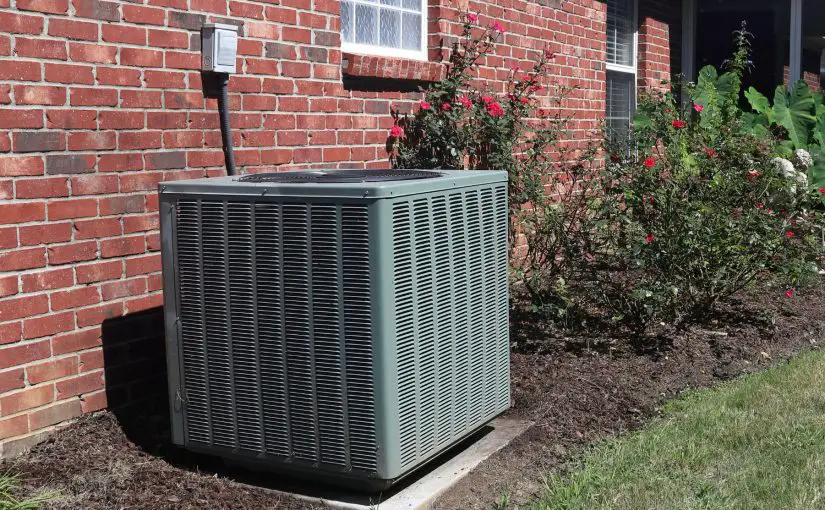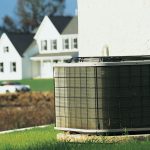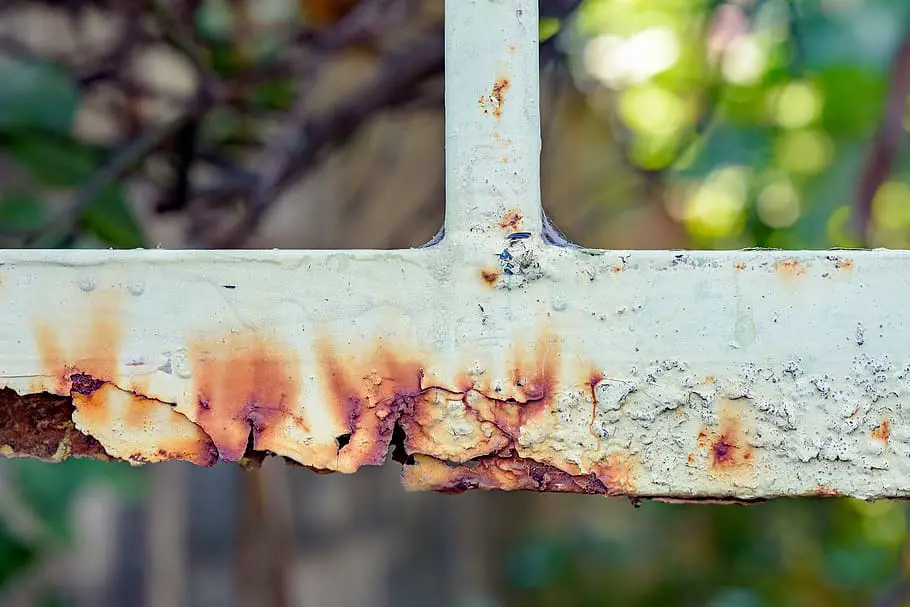Table of Contents
Mold in Air Conditioning Units: Causes, Health Effects, and Prevention
Mold growth in air conditioning units is a common problem that can have negative effects on indoor air quality and health. This article will explain why mold grows in AC units, the health risks, and how to prevent and remove mold.
What Causes Mold to Grow in AC Units?
Mold spores are present everywhere in the environment. When conditions are right, these spores multiply quickly to form mold colonies. The typical conditions that encourage mold growth in air conditioning units include:
- Moisture – High humidity and condensation provide the moisture mold needs to thrive.
- Standing water – Clogged AC drains allow water to pool and stagnate.
- Dust buildup – Dust particles provide a food source for mold.
- Poor airflow – Stagnant air encourages mold growth.
Health Risks of Mold in AC Units
Breathing in mold spores and particles can trigger allergic reactions and asthma symptoms. Other potential health effects include:
- Wheezing, coughing, and chest tightness
- Irritated eyes, nose, throat, and skin
- Headaches, fatigue, and memory problems
- In rare cases, a serious fungal infection in lungs or sinuses
People with asthma, allergies, or compromised immune systems are most vulnerable to the effects of mold. But even healthy people may have reactions after repeated exposure.
 Preventing Mold Growth in AC Units
Preventing Mold Growth in AC Units
Here are some tips to help prevent mold in air conditioners:
- Change filters regularly to allow proper airflow.
- Inspect drain lines for clogs and clear them as needed.
- Keep coils and fins free of dust and debris.
- Ensure condensate pans drain properly.
- Seal ductwork to prevent leaks and condensation.
- Install a dehumidifier to control indoor humidity.
- Consider using DampRid, which absorbs excess moisture in air.
Removing Mold from AC Units
If mold is already present, follow these steps for safe removal:
- Turn off and unplug the AC unit.
- Wear gloves, goggles, and a respirator for protection.
- Clean coils and fins with a coil cleaner like Arm & Hammer Coil Cleaner.
- Scrub away surface mold on other components with detergent and water.
- To kill mold, spray a solution of 1 part bleach to 10 parts water.
- Once cleaned, dry all components thoroughly before turning AC back on.
For severe mold contamination, replacement of insulation or other components may be necessary. It’s also a good idea to have HVAC professionals inspect and sanitize ductwork.
Frequently Asked Questions
What are some early signs of mold growth in an AC unit?
Some early signs include musty odors, visible mold growth around vents or filters, increased humidity/condensation, and health symptoms when the AC runs.
Should I have my AC ducts cleaned if there is mold?
Yes, HVAC professionals should thoroughly clean moldy ductwork using vacuuming, brushing, and sanitizing methods.
Can window AC units get mold too?
Yes, mold can grow in window units, especially in the condensate drain area. Follow the same preventive and cleaning steps.
Is it safe to spray bleach directly on AC coils?
Bleach should be diluted 10:1 with water first. Check the manufacturer’s cleaning guidelines before applying any chemicals.
What is the black stuff I see in my AC drain line?
Black substance in drains is usually mold growth, which indicates standing water. Unclog the drain and sanitize to remove it.
Should I replace my AC unit if there is extensive mold?
If mold contamination is severe, replacement may be the best option. An HVAC professional can assess whether the unit can be sufficiently cleaned.
Can poor air quality from AC mold make pets sick too?
Yes, the allergens and toxins from AC mold can also affect pets. It’s best to address the issue promptly.
The Bottom Line
Mold growth is common in air conditioning systems due to the presence of moisture, dust, and condensation. But left unchecked, AC mold can degrade indoor air quality and lead to potential health issues when spores are inhaled. By staying vigilant about maintenance, quickly addressing any mold issues, and having regular professional cleanings, you can help keep your AC system mold-free and your air healthy.








